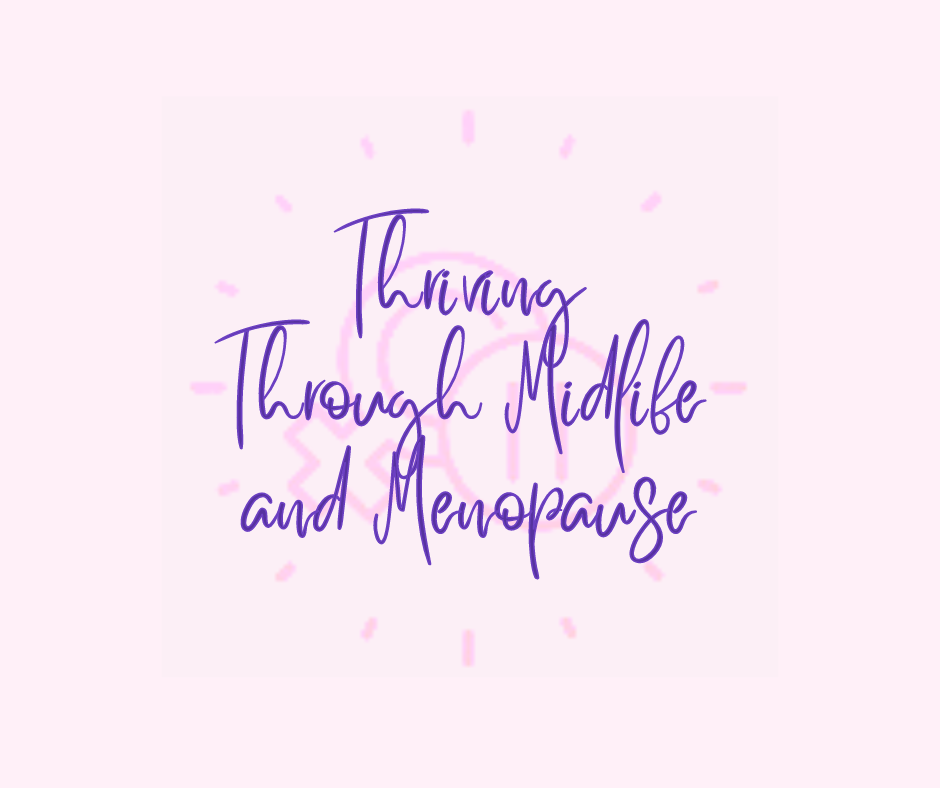How to Read Food Labels Like an Expert!
- merakiintegratedwe
- Apr 16
- 3 min read
How to Read Food Labels: Tips for Making Smarter Choices at the Supermarket
Have you ever stood in a grocery store aisle, holding two similar products, trying to figure out which one is “healthier”? You’re not alone! Food labels can be confusing, especially when packaging is covered in buzzwords like “natural,” “light,” or “no added sugar.” Sometimes I feel like one needs a PhD to be able to figure it all out!
But with a little know-how, reading food labels can become a simple tool for supporting your health and wellness goals—especially during life stages like perimenopause and menopause when nutrition plays a bigger role than ever.
Here are some easy tips to help you decode food labels and feel confident about what you're putting in your cart:
1. Start with the Serving Size
The first thing to check is the serving size and how many servings are in the package. This sets the foundation for understanding the rest of the label. If the serving size is ½ cup and you’re eating 1 cup, you’ll need to double all the numbers that follow—calories, fat, sodium, everything.
2. Check the Ingredient List
Ingredients are listed in order of quantity, from highest to lowest. That means the first few ingredients make up most of the product.
🔍 Look out for:
Whole foods like oats, lentils, vegetables, and nuts at the top of the list.
Hidden sugars (which can go by many names—see Tip #5).
Artificial additives or unfamiliar chemical names—less is often more.
Remember, additives can often be endocrine disruptors.
3. Watch the Sugar Content
Many processed foods are packed with added sugars, which can drive inflammation and energy crashes—two things we especially want to avoid during menopause.
Check both:
Total Sugars – includes natural and added.
Added Sugars – this is the key number. Ideally, it should be as low as possible.
4. Understand the Fats
Not all fat is bad! But it's important to know what kind you're getting.
Avoid: Trans fats and high amounts of saturated fat.
Look for: Healthy fats like those from nuts, seeds, avocado, and olive oil.
Bonus tip: “Low fat” doesn’t always mean “healthy.” Sometimes fat is removed and replaced with sugar or additives.
*A little note about oils: try to avoid seed oils. These oils are highly processed and cause so much inflammation in the body. Look for labels that have avocado, coconut or olive oil and leave the ones that have canola, vegetable, corn, sunflower, rapeseed, safflower, grapeseed, cotton seed, grape seed oils.
5. Know Sugar’s Many Aliases
Food manufacturers are clever. Sugar can hide behind names like:
Glucose
Fructose
Corn syrup
Dextrose
Evaporated cane juice
Maltose
Rice syrup
If several types of sugar show up early in the ingredients list, that’s a red flag.
6. Be Mindful of Sodium
Too much sodium can increase blood pressure and cause water retention. Processed foods are often the biggest culprits.
A good guide: Aim for less than 140 mg per serving to be considered “low sodium.”
7. Don’t Be Fooled by Marketing Claims
Words like “natural,” “gluten-free,” or “light” sound healthy, but they don't always mean the product is nutritious.
🔎 Always read beyond the front of the package. The real story is on the back.
8. Fiber is Your Friend
Especially in midlife, fiber supports digestion, helps balance blood sugar, and keeps you feeling full. Look for products with at least 3g of fiber per serving. Menopausal women need 25-30gms/day of fiber.
9. Look at the % Daily Value
This tells you how much a nutrient in one serving contributes to your daily total. As a general rule:
5% or less = Low
20% or more = High
Focus on high percentages for fiber, calcium, vitamin D, and iron—and low percentages for saturated fat, added sugars, and sodium.
Final Thought:
Reading food labels isn’t about restriction—it’s about empowerment. When you understand what’s in your food, you can make choices that truly nourish your body, support hormone balance, and help you feel your best.
💡Pro Tip: Start with one or two of these label tips on your next shopping trip. Over time, you’ll develop an eye for spotting the foods that serve your health and your taste buds.
Pro Tip: try to choose most of your items from the outside of the grocery store; items with only one ingredient!




